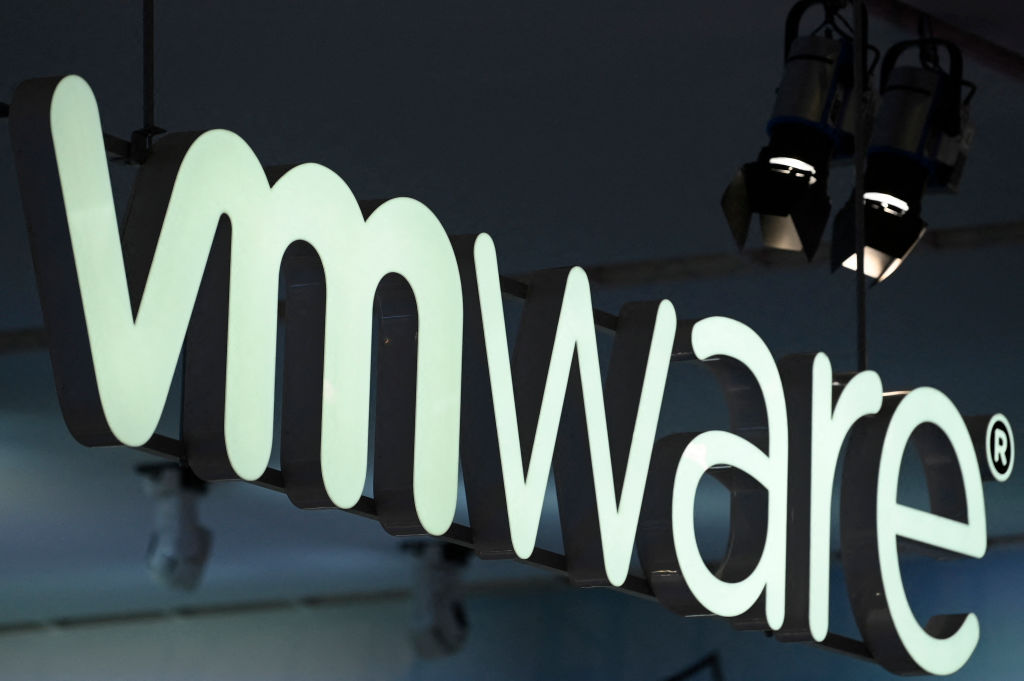Am enjoying it more than ever almost 20 years in.
Avid Amoeba
- 4 Posts
- 258 Comments

 2·1 day ago
2·1 day agoYes I do and LFP has been manufactured and integrated at scale for a very long time.

 1·2 days ago
1·2 days agoHow’s the density compared to LFP?

 12·2 days ago
12·2 days agoLFP is not new. It’s been in cars since Fisker integrated A123’s batteries. CATL and other manufacturers have been churning out LFP in volume for over a decade now.

 11·3 days ago
11·3 days agoHow many does Threads have?

 23·6 days ago
23·6 days agoThis is beautiful! It’s like a textbook example for everyone paying attention to draw crisp conclusions for how the system works.

 4·6 days ago
4·6 days agoLMAO

 76·6 days ago
76·6 days agoHonestly I don’t know what’s up with the mass delusion about Bluesky being oligarch-free. It’s understandable that most don’t know or haven’t looked into it, but then some folks that should know better are displaying the same ignorance.
Every time I hear a junior developer say we should rewrite something they have made 0.1 effort understanding, I thank the JS world for not giving a generation or two of developers a well thought out application development framework.
You lost me at shitting on legacy code. My brother in Tux, we don’t rewrite code willy-nilly in the FOSS world either and for a good reason. New code always means new bugs. A shit ton of the underlying code in your Linux OS was written one or more decades ago.

 87·7 days ago
87·7 days agoThis is because employees in South Korea can “only” work a maximum of 52 hours per week, including twelve hours of overtime. As a result, employees often have to leave work and go home even when important tasks have not yet been completed. For this reason, key employees of the Exynos team are reported to have worked unpaid overtime more and more frequently over the past few years, with the extra hours going unrecorded.
Why is SK’s birth rate in the shitter.

 4·8 days ago
4·8 days agoGiven everything we’ve seen over theast little while, including the process of non-profits getting taken over by their VC funded subsidiaries; that difference you see is almost certainly a matter of being at a different point in their respective profit timelines.

 3·8 days ago
3·8 days agoThe author explains in the thread and has links to further info.

 2·13 days ago
2·13 days agoI find the intermediary classification a bit unconvincing and perhaps unintentionally misleading. It sounds like a nice framework to look at the world and it does describe the particular domain alright and it allows for drawing useful conclusions. Unfortunately solving the problems it highlights would produce marginal gains because I think intermediaries as described are just a special case of something more general. Firms of any kind are acting as intermediaries in the exchange of the products of people’s labor. The effects are all the same, these intermediaries make the exchange easier at the expense of keeping some of the labor products from one end or the other, but usually both. It seems to me that the problem of the platform intermediaries power is just a special case of the power of firms over labor. Which really reduces to the problem of the power of capital over labor. If we somehow solve the platform intermediaries problem, we leave the general problem unsolved. And then if we don’t think in terms of the general problem, we can’t even solve the special problem because the tools needed are controlled by capital. That is the lawmakers who could change the law are paid by the powerful intermediaries (firms) and not by the people on either end of the intermediaries. If we hope to ever solve any of this I think we have to look at the world through the general lens and focus on ways to reduce the amount of capital accumulated by firms from people’s labor. Fortunately there are well known solutions for that and they’re actionable for most people.

 115·16 days ago
115·16 days agoThis is the right way to optimize performance. Write everything in a decent higher level language, to achieve good maintainability. Then profile for hotspots, separate them in well defined modules and optimize the shit out of them, even if it takes assembly inlining. The ugly stays its own box and you don’t spend time optimizing stuff that doesn’t need optimization.

 3·27 days ago
3·27 days agoGoogle’s fine. They’re using ARM cores that are built on Samsung’s shittier manufacturing process. Next year they’re going TSMC which should improve power consumption dramatically. The lauded Dimensity 4000 also uses ARM cores, just newer and built on TSMC’s process. By the same token, newer Google SoCs should experience similar performance as they update the cores and manufacturing.

 51·27 days ago
51·27 days agoThe parent asked how do you define at all. What I wrote is just the dumbest way which demonstrates how it can be done. This dumb solution holds up even in your scenario because new media doesn’t gain significant user base every other year. If the list is outdated, containing Facebook and Instagram alone, that would still capture a huge part of the problem already. You can probably figure a slightly less dumb alternative that wouldn’t require amendments just to add another platform. Folks talking about the impossibility of defining something or implementing something in law often ignore obvious solutions, existing working processes, and present this false dichotomy of a perfect solution vs impossible to solve. Sometimes it’s a matter of ignorance, other times it’s driven by (conscious or subconscious) libertarian beliefs.




I’m pretty sure it can be both. If there’s AmazingService that allows streaming everything there is on torrent and then some, but it costs thousands of dollars per month, no one would be able to afford it and it won’t have any meaningful impact on piracy.